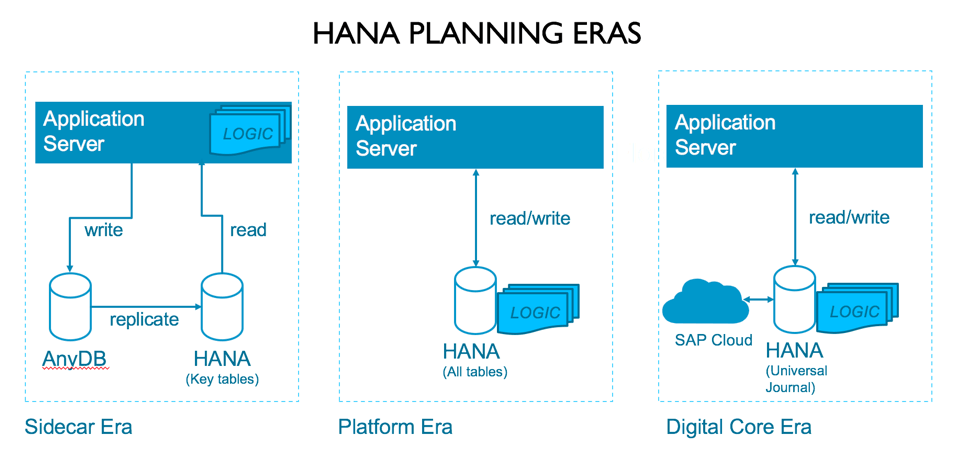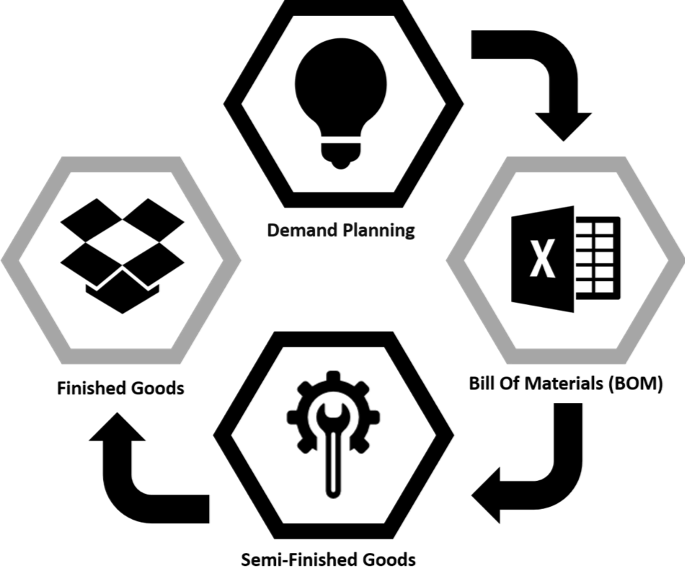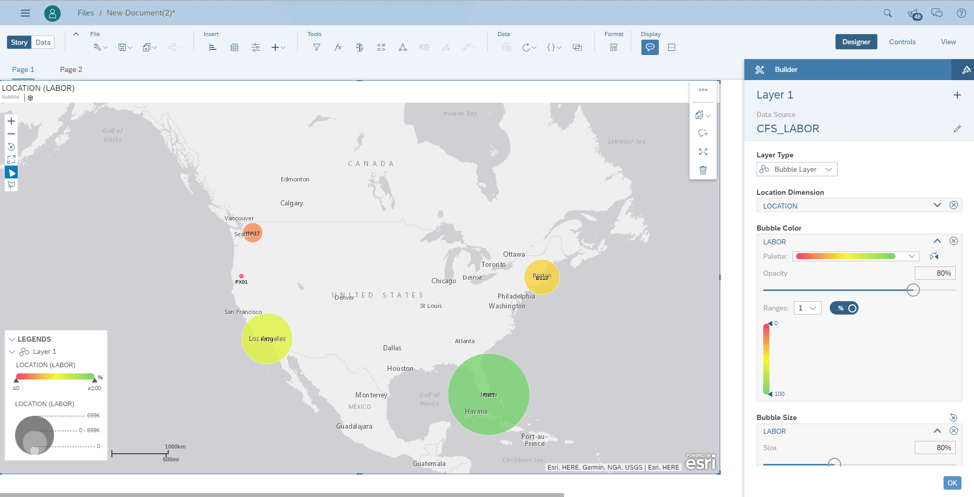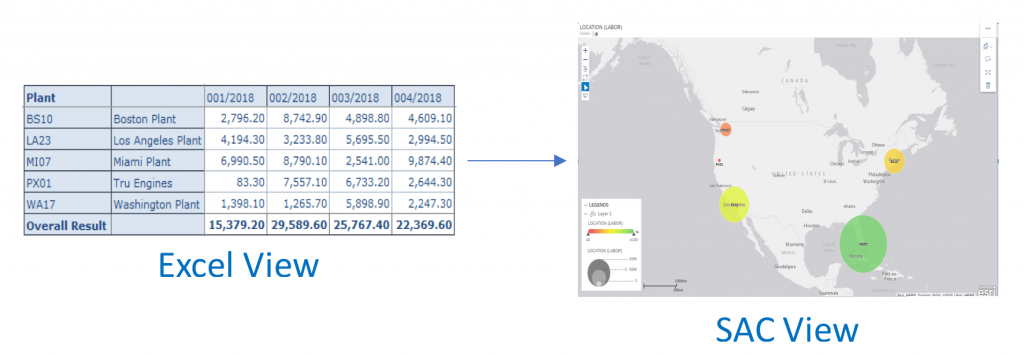Extending the Digital Core with SAP Analytics Cloud | HANA in the Cloud
Extending the Digital Core with SAP Analytics Cloud | HANA in the Cloud
By: Josh Jiang – TruQua Intern; Min Su Kim – TruQua Intern; JS Irick, Principal Consultant
From the perspective of Financial Planning and Analysis, SAP HANA has led three major revolutions. First was the Sidecar era, where customers realized performance gains on their existing systems via HANA’s in-memory capabilities. We then experienced the Platform era, where business logic was pushed down into the database. This push down provided an explosive increase in functionality, and decoupled business processes from their existing applications, leading to increased reporting and analytics capabilities. Now, we are firmly in the Digital Core era, where traditional data silos are being obliterated and true Enterprise analytics are possible.

By combining the Digital Core era with SAP Analytics Cloud (SAC), we now have an unprecedented opportunity to provide context and visibility into our customers’ most challenging business problems. The power of HANA can be combined with the robust visual language of SAP Analytics Cloud to provide a unique avenue for Planning.
In this blog post, we will look at how True Engines (TruQua’s Demo Company for Manufacturing) has improved its planning process to better anticipate the impact that demand changes have on Plant Utilization. At the beginning of each planning cycle, the Operations team defines a maximum capacity for each plant. When the Demand Planning Team modifies their forecasts for Finished Goods (Engines) and Semi-Finished Goods (Replacement Parts), they are able to see the amount of Labor Hours required by Plant, thanks to their native SAP HANA calculations.

Currently, both the demand planning process and Labor Hours reporting takes place entirely in Excel. The True Engines SAP team wants to move this process to SAP Analytics Cloud to provide better visibility and improved user experience.

The HANA Data you see in this demo is queried using a Live Data Connection to SAP Analytics Cloud. Per the SAP Documentation, this means:
Live Data Connections…
- Are available for cloud and on-premise data sources
- Do not replicate your data in SAP Analytics Cloud
- Use existing data models for analysis
- Update your data visualizations and stories with new data in real-time
This means that the True Engines team is getting SAP’s latest Analytics Cloud functionality, without putting their data in the cloud.
Once the HANA view for Labor Hours by Plant is configured in SAP Analytics Cloud, the True Engines team can leverage the intuitive SAC Story creation tools in order to create robust visualizations showing the Plant Utilization. Now not only can capacity overages be instantly identified, but underutilized Plants can also be quickly identified, and operational interventions can be performed.

By creating unified reporting scenarios with SAP HANA and SAP Analytics Cloud, the True Engines team has advanced their planning from both a bottom-up (real-time calculation of true Labor Utilization) and top-down (powerful visualizations, improved dashboarding, management reporting), all without needing to replicate their sensitive business data.

SAP Analytics Cloud offers a wide range of tools to create data visualizations in ways that traditional software, like Excel, cannot. These set of tools allow for new methods to analyze data that can both improve planning capabilities and reporting efficiency, providing solutions to challenging problems. Furthermore, cloud functionality allows users to access data without the need for on-premise data sources, increasing the accessibility of data and reporting.
In our next SAP Analytics Cloud blog post, we will complete the True Engines scenario by writing back to the SAP HANA models from Analytics Cloud. This will allow adjustments to be made from the SAC stories, moving from Analytics to Planning.
This scenario is an example of how organizations can begin to leverage SAP Analytics Cloud without disrupting their existing processes, and without the need for loading data to additional systems.
